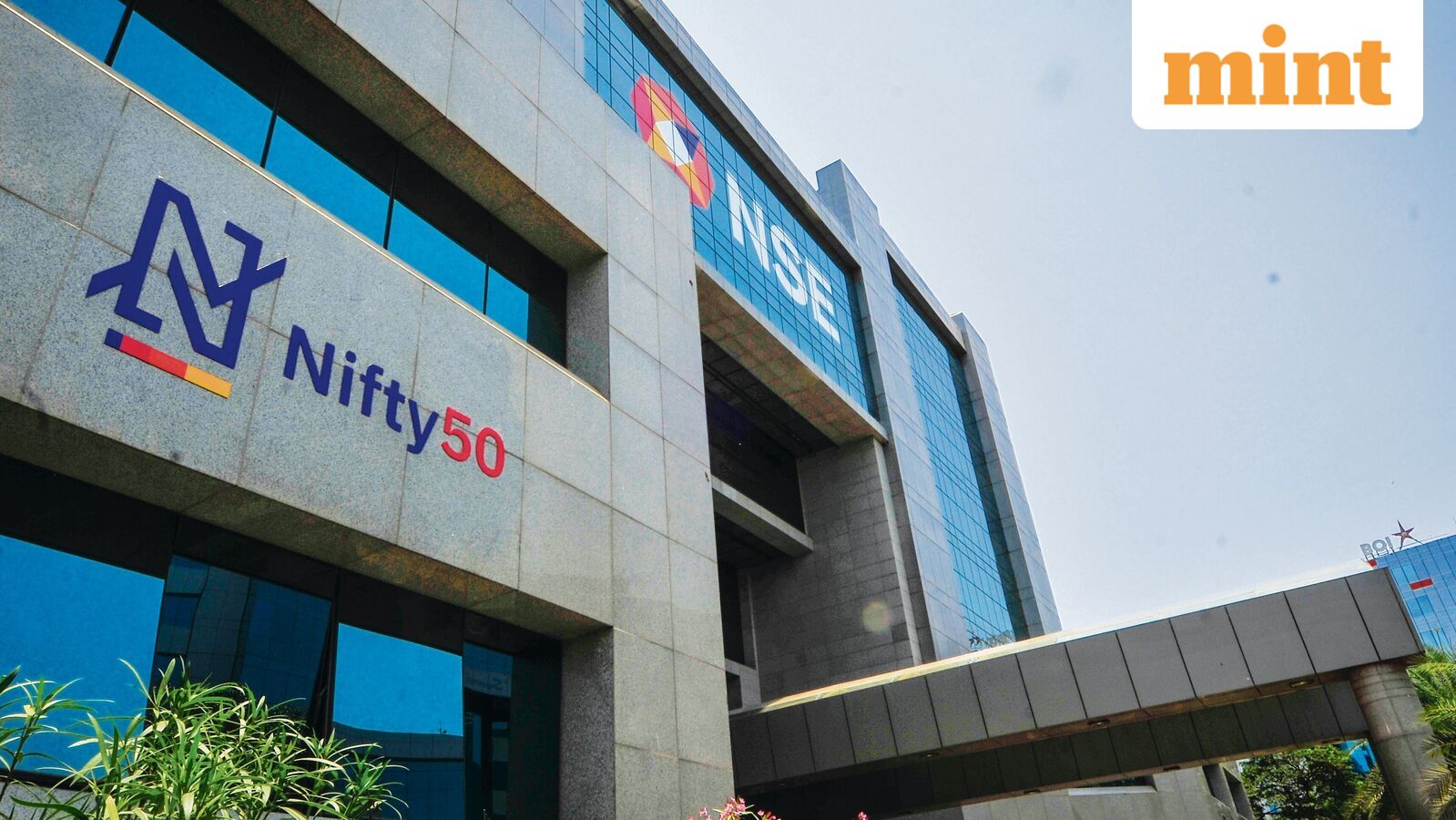Indian equities could reclaim their life-high in 2025, and the market still has room to comfortably chug along in 2026, Jain told Mint in an interview. The benchmark Nifty50 index is just 1% shy of touching its 26 September record closing high of 26,216.05 points.
India faced several challenges over the past six months. The Trump administration imposed a punitive 50% tariff on Indian goods to wean it off Russian oil, potentially setting carefully-cultivated bilateral relations adrift. However, relations could normalise by December, as India cuts its Russian crude purchases, prompting Trump to soften his tariff stance. The steep US tariffs are unlikely to last, and could reverse in three to six months, potentially lifting Indian shares. India’s trade deal with the European Union is also likely, one that could further boost investor sentiments, he said.
Fears of India’s economic growth being hit as a result of US tariffs have also proved to be misplaced. He pointed out that first-quarter real GDP was much better than expected, and high-frequency indicators suggest the next quarter may also beat forecasts. So, negative trade headlines and foreign outflows could turn positive. Also, geopolitical tensions between India and Pakistan could become less relevant next year, after a brief war this summer, bolstering appeal of Indian equities, Jain added.
India’s gross domestic product expanded by 7.8% year-on-year in the April-June, beating forecasts.
So far In 2025, India’s Nifty 50 has returned 9.8%, trailing several global indices such as the US’ NASDAQ Composite that rose 16.2%. Europe’s Euro STOXX 50 gained 13%, Japan’s Nikkei 225 increased 21.9%, Hong Kong’s Hang Seng returned 28.7%, and South Korea’s KOSPI jumped 63.7%.
Simply put, Jain now feels Indian valuations are more palatable, macros are likely to turn positive, and the overall setup should improve. All this would place India in a much better position as a market in the coming months, compared to how it was positioned this year.
So fundamentally, things have changed for foreign investors who had been incessantly selling, he said. “From being the most favoured sell market,” India could start reversing that image, Jain believes.
After three straight months of selling since July, FIIs finally turned net buyers in October, scooping up ₹10,167.46 crore of Indian equities, followed by another ₹500.70 crore so far in November, showed NSDL and Bloomberg data.
Moreover, with India’s relative valuation versus China and Emerging Market (EM) benchmarks much more reasonable, CLSA expects India to now start participating in the ongoing global equity bull run.
Year-to-date, nearly 65% of major global equity indices have hit new highs – one of the broadest bull-market phases on record – and second only to the pre–global financial crisis boom in 2007, when about 70% of country benchmarks reached fresh peaks, according to a 13 November CLSA report.
Yet India has been a notable outlier. The report highlighted that India is among the few major markets that is yet to scale a new high this year. And that is striking because India holds the distinction of hitting new highs in 19 of the 25 years this century, the most consistent among major global indices.
Another tailwind for next year, according to Jain, would be the Reserve Bank of India (RBI) and US Federal Reserve’s policy paths. A new Fed chair might come in, and cut rates aggressively, in line with Trump’s preference for a dovish monetary policy. India’s benign consumer inflation, which came in at 0.25% in October, could also prompt the RBI to lower interest rates. A low-interest-rate regime would be supportive from a rate-sensitive perspective, meaning rate-sensitives like financials or real estate could remain in flavour.
Jain believes that there are sectors that are overpriced. “At 20 or 21x, I don’t feel comfortable about the market in general. But if you’re running a portfolio, you’re trying to find relative bets,” he said.
From a valuation standpoint, he believes large banks, big IT, and pockets of oil & gas and PSUs aren’t frothy, but many mid- and small-cap sectors look stretched.
Jain is underweight on healthcare, industrials, and NBFCs, and overweight on rate-sensitive real estate. The sectors he prefers are rate-sensitives, benefiting from the government push, consumption, and IT, which he believes may see a relief rally.
Valuations & Returns
According to Jain, India’s long phase of underperformance has actually helped; without it, the correction would have been much deeper.
“Now, when India’s valuations are similar to Emerging Markets, even if it corrects, it may not correct much more than others.”
Talking about the potential returns in 2026, he said, “In the best case, returns will be at best low double-digit or high single-digit.”
Stock prices are determined by two factors – multiples, and earnings, he said. If there is limited room for the multiples to expand, then there is a far more dependency on earnings growth. Realistically, earnings growth will be just low double digits. So, if the multiple doesn’t expand, then obviously one can’t make much beyond 15% returns, he explained.
So, what’s the biggest worry? It would be earnings expectations.
“There could still be earnings downgrades.”
